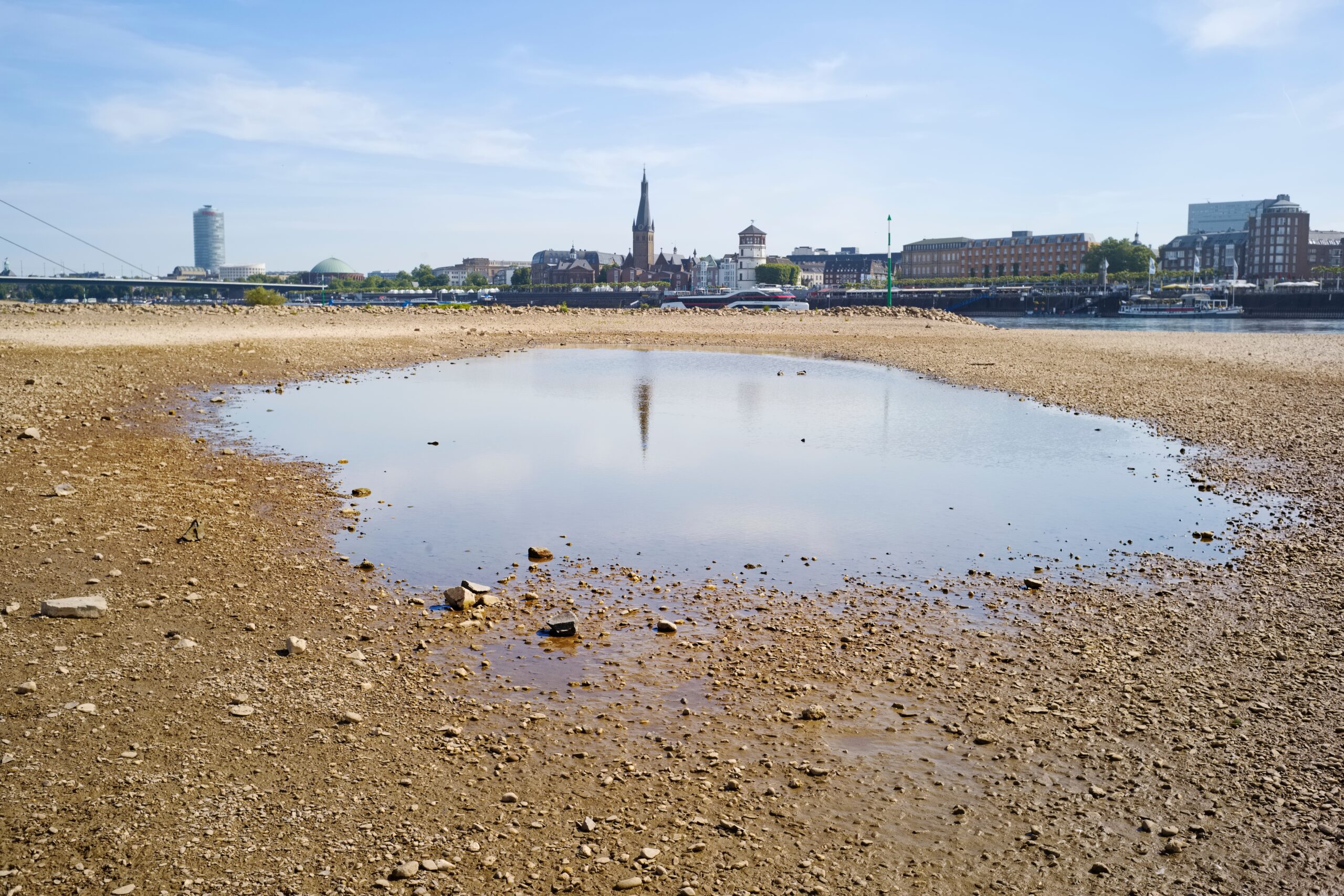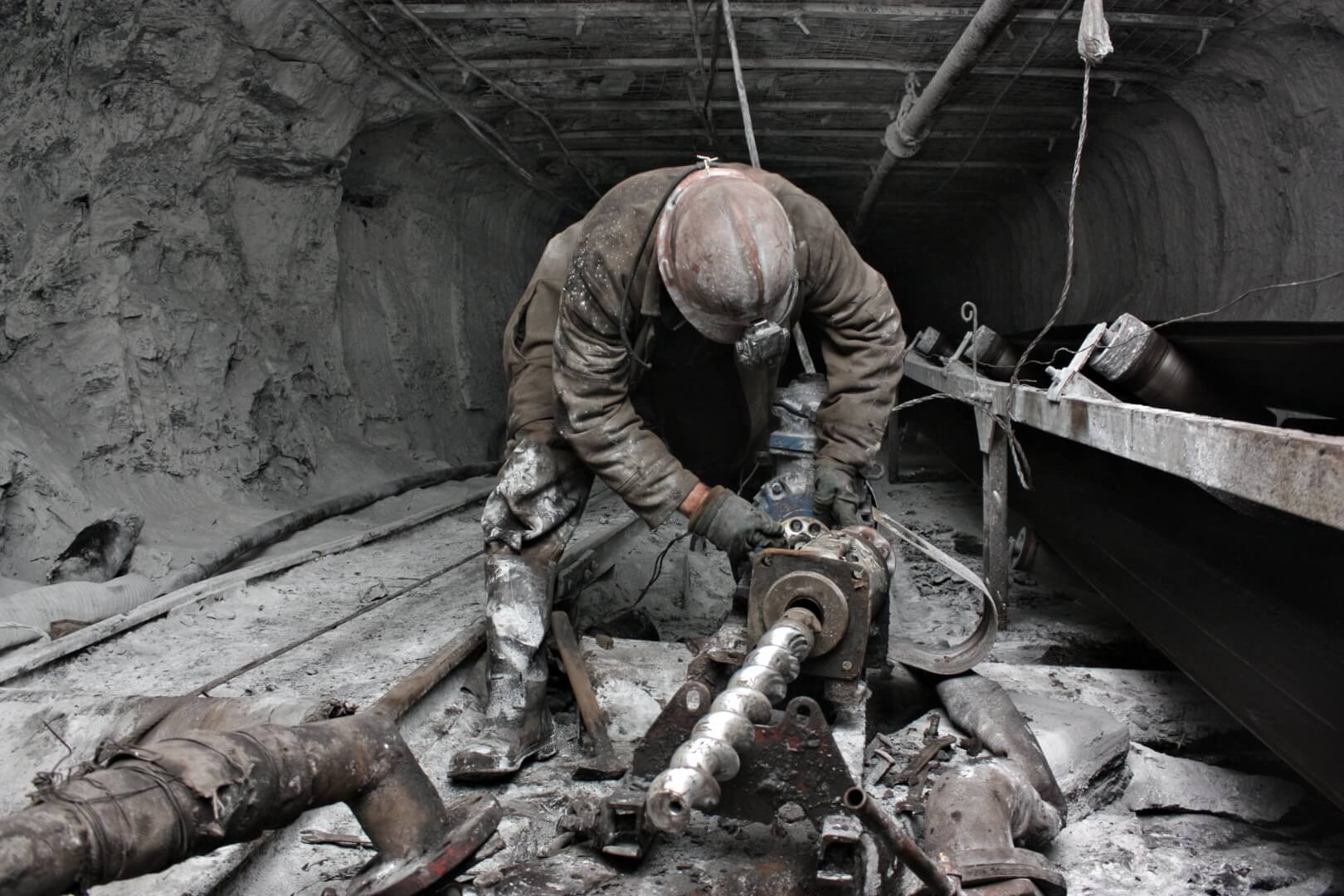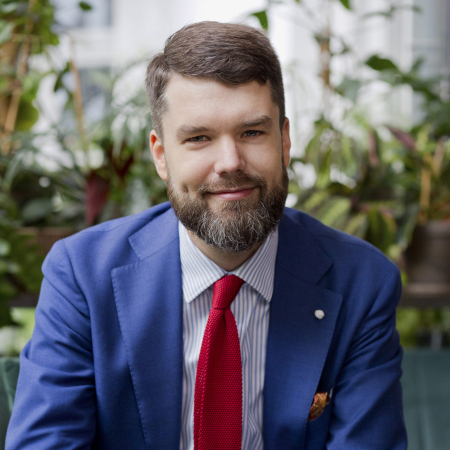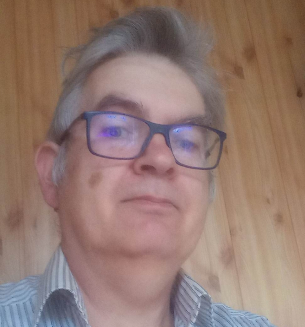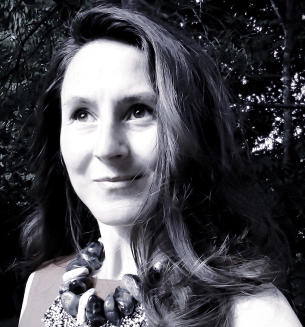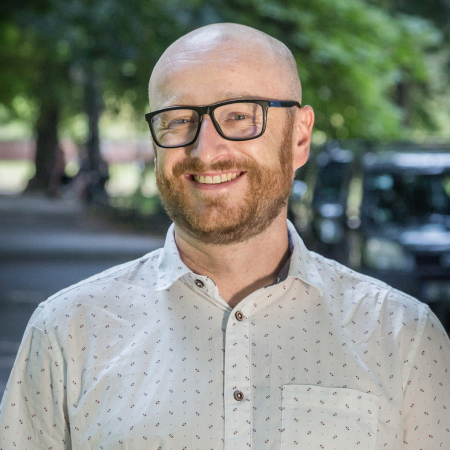During my research on immigration I started realizing that it is very often caused by drought which is also connected to the climate change. Food crises, the way of exporting goods and industrialisation of agriculture: there are the things which are also related to immigration and environment at the same time. Everything seemed to be a part of the same puzzle. So when I’m speaking about immigration, it’s impossible not to speak about climate change.
Which story of immigrants do you remember the best in this context?
I met a retired cook who moved to Dallas from Mexico. In his homeland, he used to be a farmer but because of the drought he couldn’t afford to go on. One year without rain, another one as well, and the whole family realized that something was really changing and they wouldn’t make enough for survival just planting as they used to do, so the guy changed the country and the job. Paradoxically, he started to live an American lifestyle, with a big car, a house and so on. But because of gained knowledge he also realized that the climate change is the reason behind his past experiences. He didn’t see it when he was in Mexico. He couldn’t address these reasons of the dry years. Now he can.
Why should I care about a Mexican guy in Slovakia or in Poland?
I’ve already heard these arguments. When I made an exhibition about Cape Verde where I was working for two months, there were some people who criticized the exhibition, asking why we should even be interested in that country. This made me think of something that is a bit controversial. Have you heard about the fires in Australia?
Of course.
I believe that when we show pictures from Sydney, when we write about people’s respiration problems, the smoke, the necessity to wear masks every day, there is a much bigger possibility that people will read this and they will be worried about climate then an after exhibition about Cape Verde or Mexico because it’s the “developed” part of the world. But anyway, in Slovak newspapers, until the beginning of 2020 there were few articles about Australia fires. It is changing now.
I am aware of what is wrong with the media in this field because I represent them, but what about the climate sins of the art industry?
Many things changed last year. I see that young artists are dealing with the climate crisis – in their art works or in some kind of activism towards the art world, or even outside of it. For example, there was a prize for young artists in the Czech Republic in which the finalists asked the gallery to put solar panels for their show. It’s a symbolic gesture, but showing some awareness. In general, I have this feeling that the art world is very much aware of the climate crisis, but at the same time many artists have trouble speaking about it climate without being too political at the same time. When you’re turning straight into activism and politics, is it still art? We have divided opinions about this in the art world.
But indirectly, I think there are quite a lot of artists who are already speaking about the crisis because of the climate anxiety they feel themselves. For example, there is a painter in Bratislava (her name is Monika Pascoe Mikyšková) and she makes paintings of animals which are threatened with extinction and they are published in one of the Slovak newspapers with the description about what is going on.
What is your opinion on this divided topic?
I know that some of my works are too political so I don’t know if it’s still art but I don’t care too much about it. I do what I find reasonable to do and it doesn’t really matter what you call it. But I perfectly understand people who don’t want to go in this direction. There are artists who want to do poetic or abstract artwork, believing that art is something pure which speaks through emotion, gestures, materials and senses and there should be plurality in that. I’m far from claiming that all artists should become activists right now.
Artists are one thing, but I asked about the industry.
Visual artists have to use materials and every one of them has a natural way of expression. Some artists are actually environmentally friendly without thinking about it. For some years, I was working as a sculptor so I used a lot of materials and I have to rethink how to make smaller works, how to reuse materials and which materials to choose. Of course, it’s much less problematic than top industry activity and real systematic change happens through high political decisions, but I think it’s a very interesting challenge: if we’re able to do something in a small scale, we are closer to the vision, how to do it in a large one.
The second story is the big art world with biennials of art, grand exhibitions in large museums, or art fairs, which have quite substantial ecological footprint. Art fairs are usually three-day events with an incredible amount of stuff that travels through all of Europe, or the world. Some art fairs have already been using recycled materials, but not all of them. Of course, there are a lot of air flights by art investors and galleries to those events. There is a lot of almost useless printed material. From this perspective, the real big art world is wasteful.
I feel that art has problems with finding the way to the viewer like scientists do. How to deal with it?
That’s a double problem and it goes through both sides: visual arts and viewers. The first problem of communication is a bubble. As artists we live in a bubble: you go to the exhibition or opening where most people are other artists, curators and some other people interested in visual art. I stopped noticing it at one point in time, but I have also realized how small this world was. So there is a relevant question whether the contemporary art is able to communicate with a wider audience. But as artists, we claim that we have to keep our full artistic freedom, not to find a form that will be more familiar for the viewer because in such case we sacrifice our vision. On the other hand, we have a problem with lack of education of the potential viewers which will hopefully change in the future. I mean that students in schools are not taught to appreciate and understand modern art, to visit galleries and other art events. As far as the education is concerned, the same thing could be said about the climate crisis. It is an urgent matter and students have a right to understand it: it will possibly shape their future.
You said in one interview that you can’t fully identify with the art market because of the special state of your mind right now. What did you mean?
It was because of the issue of climate crisis.
However, the climate change is different than other social issues I have dealt with. Because we face the situation that our civilisation might end. When you think about it and feel how hard the truth is, you question all the other things. You question your life and activities. So I said it was hard for me to identify with the art market, but not art as such. I feel disconnected from the aspect of building a career. And not only in art: we are building careers based on very selfish principles. We are focused on building our name. It is quite an elitist principle.
For me, art in its pure form means giving, contributing to humanity. But if we want to survive and mean something in the art world, we have to concentrate more on the career path: where to show our work, who might sell or buy it. We need to do self-promotion too. You cannot just stop, otherwise you disappear as an artist. Although I can see some alternative, more community based solutions arising.
So let’s forget about the market and tell me which of your works connected with climate are the most important to you?
One of them is a video where I am playing music for nature in the Georgian mountains. The glacier is permanently melting: also during the concert. In the cuts of the video, you can see different views and forms of the water from the glacier, glacier itself and then rivers and streams. Maybe I favour this one because of the nice story behind it: right at the end of my concert, it suddenly started to hail. It was as if I received an answer from nature.
Do you think such things can change anything?
They can affect people’s minds, but if you’re rather asking about a direct change, I have one recent work which is very close to activism. I made a mascot in the form of a big lump of coal that you can wear. I wanted to make a video showing how this mascot is trying to run into the mine because it wants to return home. There are environmental camps in the Czech Republic – “Limits Are Us” (Limity jsme my) – usually organised next to coal mines, so I wanted to go there with the mascot, but things changed and I did the performance in a Slovak coal mine during a Greenpeace protest. We were caught by the police, spent one day at the police station. Actually, the policemen liked the mascot, they were trying to wear it. This year with a friend of mine we also went to the Czech mines to finish the filming. But coming back to your question, the nice thing is that after the long fight of environmental groups and the Greenpeace protest as well, Slovakia is closing this mine in 2024. While I was released from the police station on the first day, the Greenpeace activists stayed in prison for three days. At the beginning it didn’t attract so much attention but after the third day people started to be really angry. There were protests and the public opinion shifted. After that, the government finally agreed to close the mine.
What about the climate situation in Slovakia and the government’s attitude to it?
From the outside, it looks very good because if you look at the Visegrad countries we are the ones who declared even before the summer that we would aim for carbon neutrality by 2050. We’re closing the only coal mine (Novaky). From the greenhouse emissions perspective, Slovakia is quite lucky because we don’t have such a big storage of coal, our industry is based on other resources: nuclear power stations and hydro dams. A lot of energy is obtained from natural gas, which is problematic because of methane leaks. But as those are not well known, it seems like the least emitting among all fossil resources. At the same time, we still have quite many forests that absorb CO2, so the 2050 carbon neutrality strategy seems viable for Slovakia, if we try really hard. However, carbon emissions of Slovakia have been slightly rising in last years. And the very negative thing for the whole country is the situation of the Slovak forests: there were wind disasters and attacks of the spruce bark beetle because of which a lot of forests were destroyed. But this worked as a pretext for extensive logging. Because of calamities, the forest management can cut trees almost anywhere and forests are disappearing in front of our eyes. Obviously, wood is an incredible business here and largest wood sellers have ties to our government.
We also built quite many heat stations that use wood and biofuels which were opened during the European move towards bio-fuels. So instead of coal or gas, in some places we moved to using wood, especially wood chips to produce heat because in terms of emission it’s supposedly a neutral system. But it’s not. There are lots of emissions lost in the process. We are taking so much wood out of our forests that they cannot regenerate so quickly. We have activist groups who fight for leaving some part of the forests without any interference, but so far the forest management found their ways to log there anyway.

